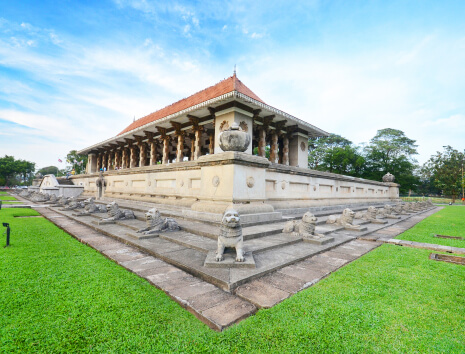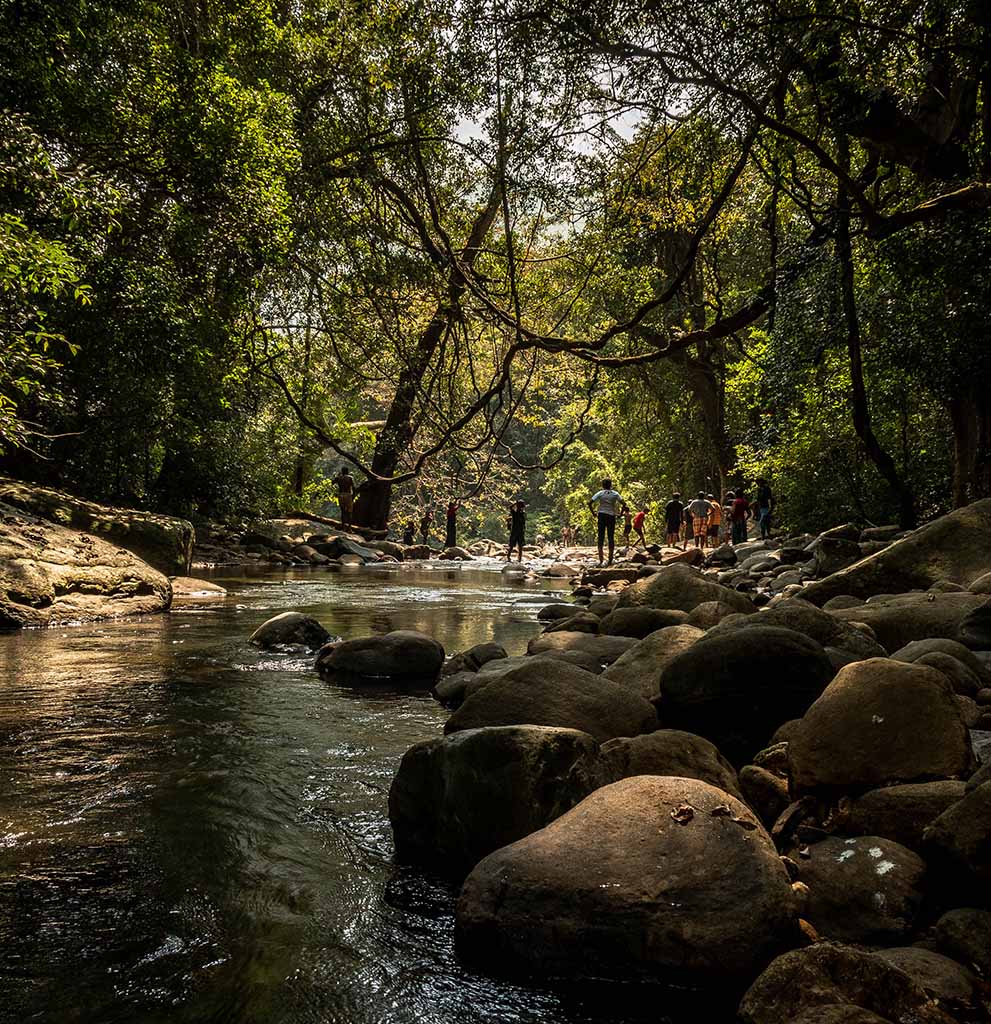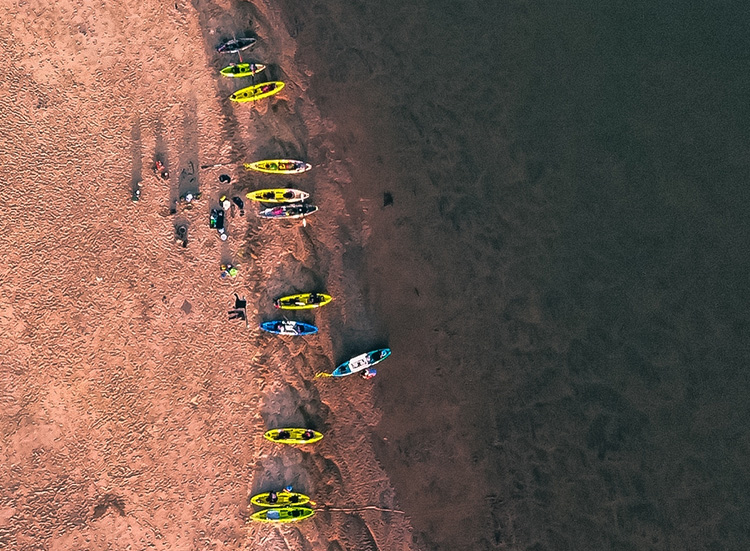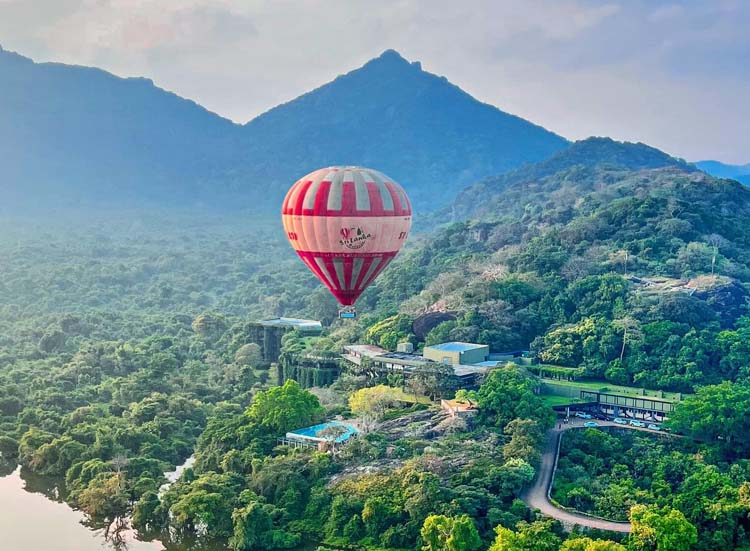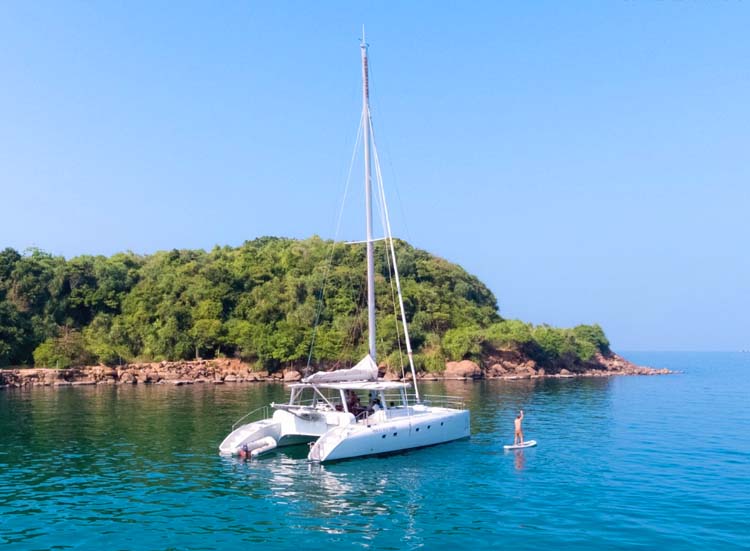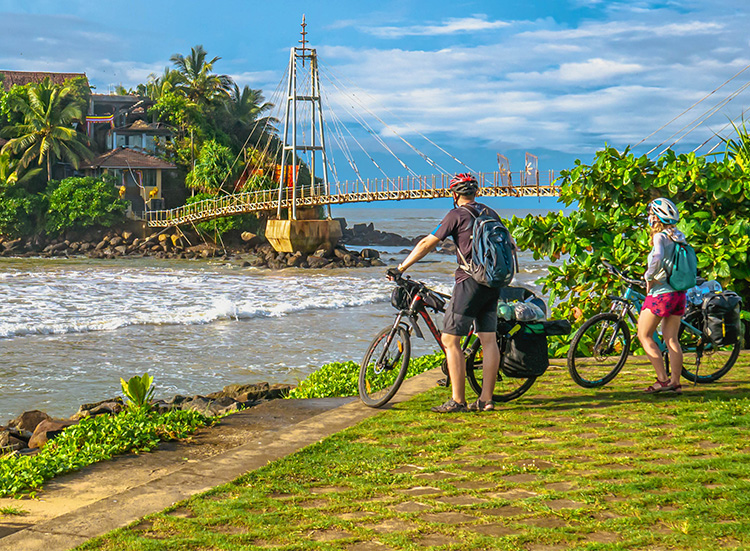Menu
WAY
The Bird Sanctuary of the East
Kumana National Park
Migratory bird haven, Coastal lagoons, Wild elephants
Bordering Yala, Kumana is renowned for its avifauna, especially migratory waterbirds. The park’s lagoons and mangroves attract pelicans, painted storks and rare species. Beyond birds, Kumana shelters elephants, leopards and turtles. Its untouched landscapes and quieter safaris provide a more serene wildlife experience compared to busier parks, making it a true birdwatcher’s paradise.
Kumana, adjoining Yala on Sri Lanka’s east coast, is renowned as a birdwatcher’s paradise. Its wetlands, lagoons and mangroves attract pelicans, painted storks, spoonbills and migratory waterbirds. Beyond its avian fame, Kumana shelters elephants, leopards and turtles nesting on sandy shores. Unlike busier parks, Kumana offers quiet safaris with a sense of untouched wilderness. At dawn, birds rise from shimmering lagoons, while elephants graze under the rising sun. This tranquil park combines birdwatching, big game and coastal beauty, making it a rewarding destination for travellers seeking both serenity and discovery in Sri Lanka’s southeast.
Best Time to Visit: April–July (bird nesting season)
Average Temperature: 27–32°C
Nearest Town: Panama, ~12 km away
Kumana National Park spans 35,664 hectares of coastal wilderness, famous for its bird sanctuary, the “Kumana Villu.” This 200 hectare swamp fills with nesting pelicans, herons and painted storks during breeding season. Migratory flocks from as far as Siberia join, creating an avian spectacle that makes Kumana one of Asia’s top birdwatching sites.
But birds are only part of its allure. Kumana also shelters mammals, including elephants, leopards and wild buffalo, while coastal dunes are nesting grounds for endangered turtles like the Olive Ridley. Reptiles, crocodiles and a rich diversity of fish thrive in lagoons and mangroves.
Cultural heritage enriches the landscape, ancient rock inscriptions and cave shrines hint at centuries of human connection with the land. Trails reveal abandoned villages reclaimed by nature, underscoring the timeless relationship between people and wilderness.
Safaris here feel different from those in Yala. With fewer visitors, Kumana offers peaceful encounters, where lagoons shimmer under vast skies and the calls of birds dominate the soundscape. For photographers, dawn brings magical light across reflective waters. For nature lovers, every corner holds promise. Kumana is not just a park, it is a sanctuary of birds, beasts and silence.



